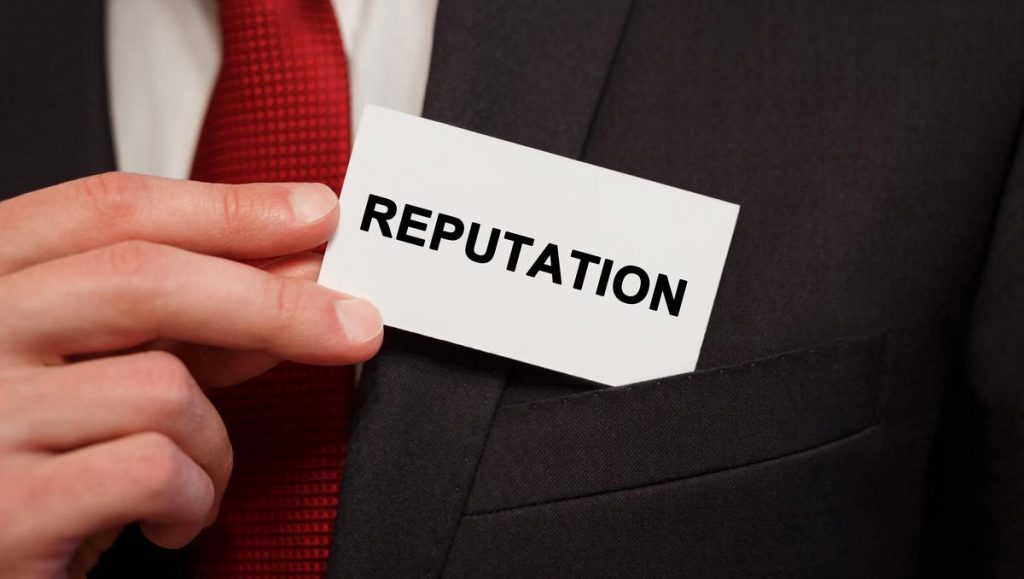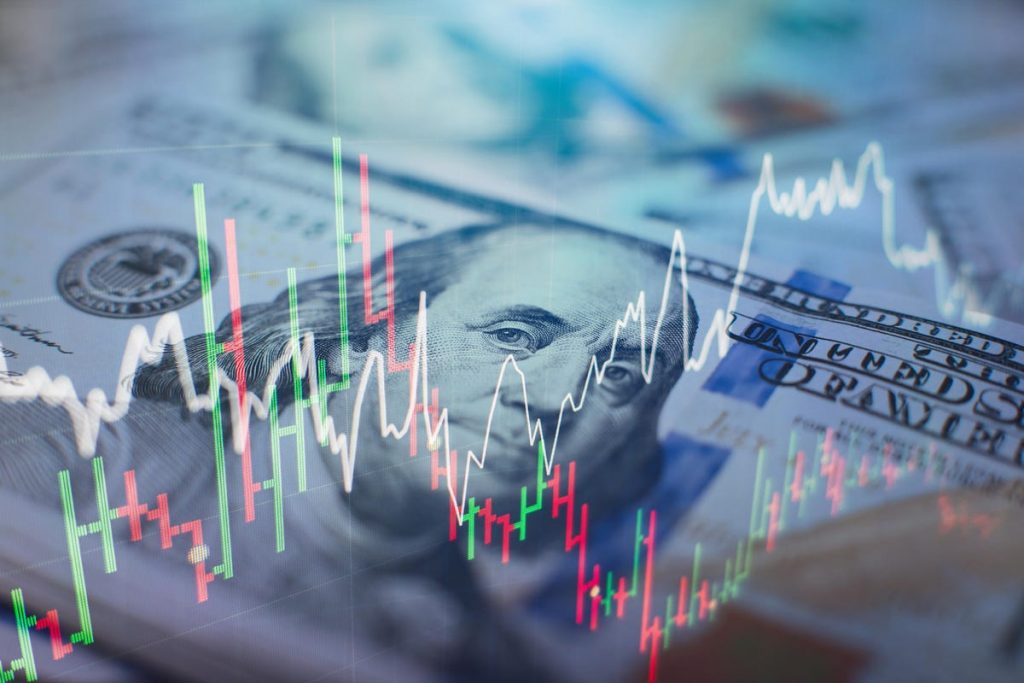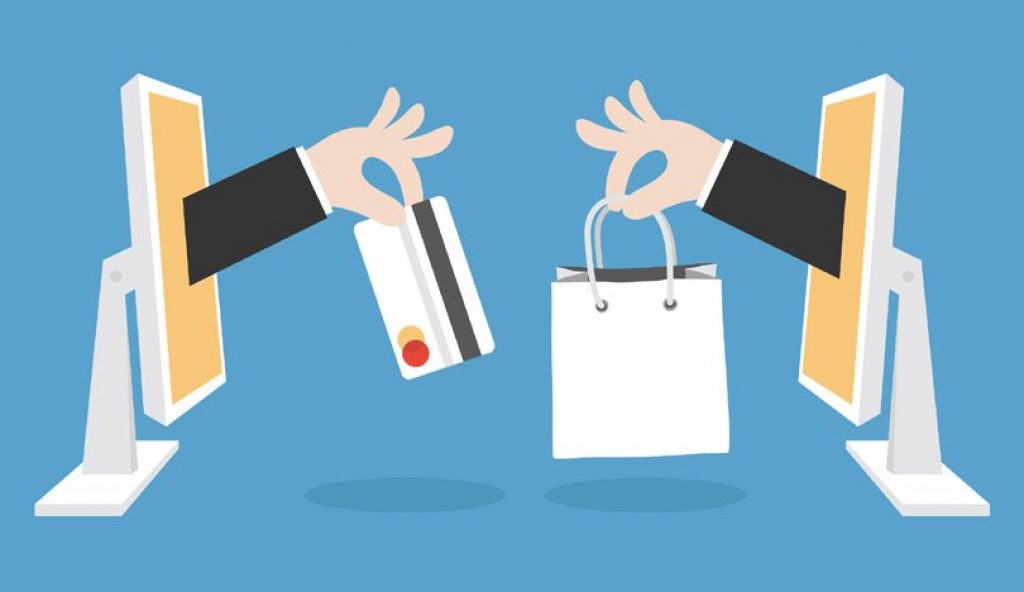
Every year, thousands of brands have to deal with the issue of counterfeiting. When it is profitable for them, counterfeiters have an incentive to pass off fake goods as the genuine article, leading to losses for your firm. The problem is particularly acute when goods are in transit. Here bad actors in the supply chain have access to a large volume of goods which could lead to substantial losses for both firms and end-consumers.
Now, however, firms have more options to protect their goods due to advances in technology. Security tagging solutions that combine NFC (near-field communication) with blockchain allows brands to confirm the provenance of their goods and track them as they make their way through the supply chain.
Brand protection in the physical world comes with several pros and cons. We discuss them below.
Table of Contents
Pro: It Protects Your Reputation

Source: fredchege.com
When it comes to branding, reputation is everything. Consumers need to trust that when they purchase your goods, they will receive the genuine article. If they suspect that they might receive a fake, they will be less willing to buy from you. Eventually, your reputation could fall, reducing the overall value and profitability of your firm.
Middlemen in the supply chain can also benefit from physical brand protection. Brands are much more likely to seek you out if they know that you have systems in place that will protect the authenticity of their goods in transit. If you are looking for technology to protect your brand in the physical world check out Authena’s technology – https://authena.io/technology-solution/.
Pro: It Protects Your Creative Work
Innovation-driven and young brands require a lot of resourcefulness and creativity, as in many cases, developing a new product can be time-consuming and expensive. Many brands make substantial investments in R&D to provide consumers with delightful experiences and develop a product like no other company has been able to.
However, fraud can detract from this. Bad actors in the supply chain could pass off your hard work as their own, replacing your goods with inferior products, taking the profits for themselves.
Pro: It Stops Fraudsters From Taking Sales Away From Your Business

Source: gpg-callcenter.com
When fraudsters deliver fake goods to customers, it also cannibalizes your sales. If consumers are able to buy what they believe are your products at discount prices, it can turn your revenue stream into a trickle.
Pro: It Frees Up Your Time
Traditionally, staying abreast of who was trying to counterfeit your brand and where they were operating was a costly and almost impossible task. Firms often had to rearrange their organizations and hire people full time to track down and legally pursue fake sellers.
However, implementing brand protection in the physical world can save you a lot of time. With brand protection in place, you can automate protection of your shipments, meaning less time wasted chasing fraudsters and more working to satisfy customers.
Con: You Need To Invest In Systems

Source: forbes.com
The major con of this approach, of course, is that it requires time and investment to implement. You’ll need to switch from traditional QRs or barcodes and move over to a blockchain-enabled NFC tagging system. However, once you invest in better tracking systems, you will often find that they pay for themselves and that the total burden of counterfeiting on your brand declines.
Pro: Protects the future of your brand
You never know when your product is or will be of interest to counterfeiters. It could be happening now, next year or five years from now. For this reason it is better to protect yourself in advance. Brands whose products are counterfeited may lose customers or cease to be recognized as good quality.
Con: Requires additional time and cost

Source: vox.com
Additional action is time consuming and requires additional resources. In order to guarantee the safety of your products, you need to choose proven, counterfeit-resistant technology. Labels alone will not give you a guarantee of security. Only in combination with an integrated system will you have a powerful tool for monitoring your products.
Pro – It spreads awareness of fraudulent activities and misuse
A lot of customers are not aware of the risk of purchasing an under-quality counterfeit product, which could ultimately not only affect the brand, but could also be detrimental to the end user.
When tracking and protecting your product against counterfeiters, you can use the valuable information you acquire to spread awareness and protect your customers against forged products.
By tracking instances of counterfeiting, companies can also share this information with law enforcement so they can take action in order to seize the goods before they reach the customers.
Pro – It provides evidence in legal proceedings

Source: michaelshouse.com
If you decide to take legal action against counterfeiters, providing substantial evidence to the case is critical. Forgery cases are some of the most difficult to prosecute without supporting evidence.
Tracking your products as they make their way through the supply chain and documenting the whole process will allow you to provide authorities with relevant legal evidence. Using end-to-end technology that guarantees product authenticity and traceability will give you a better chance of succeeding when pursuing a legal case against counterfeiters.
Con – the configuration can be complicated
This is another serious downside of this particular approach. Setting up NFC tags to work with labels can be complicated. A big part of the problem is brand protection system providers often require brands to implement the technology themselves, whereas it is unlikely that they have the knowledge and expertise to make it work.
Nevertheless, working with the right provider can make the whole process a lot easier. Choosing a reliable supplier that provides a comprehensive system and allows companies to guarantee product safety and traceability can enable brands to implement the technology much faster and with greater ease.
Pro – take back control of your products

Source: productmanagementfestival.com
Counterfeiting activities are extremely difficult to fight and can never be fully stopped. Up until this point, brands have been using more basic technologies like QR codes, making their products vulnerable to counterfeiters.
However, with existing cutting-edge brand protection technologies, counterfeiters will find it much harder to operate. Using an end-to-end technology framework enables companies to regain control of their products and uniquely identify them, as they make their way through the supply chain.







